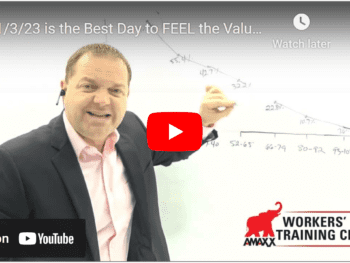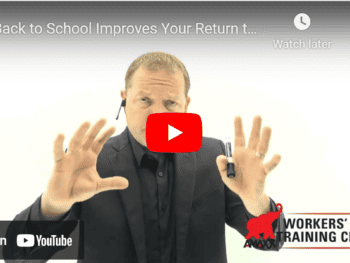
When dealing with cost containment in workers’ compensation, focus is often given to the medical issues in claims management. While medical expenses continue to drive costs in all programs, forgetting about the indemnity aspects of claims can lead unmanageable costs and reduce the effectiveness of overall cost containment measures. Now is the time to examine the indemnity side of your claims practice to maximize the effectiveness of your workers’ compensation program.
Average Weekly Wage
As a general rule, a majority of indemnity benefits in any jurisdiction are driven by the average weekly wage (AWW). The AWW is often described as the fair estimation of an employee’s weekly wage. Knowing the law is the first step in correctly calculating this wage. Other factors include:
- Status of the employee—whether they are a full-time or part-time employee;
- Other compensation such as bonuses tips, gratuities, employee benefits and other fringe benefits; and
- The nature of one’s employment. Seasonal and construction workers often receive preferential treatment when calculating an AWW due to the fact weather impacts their ability to work.
Click Link to Access Free PDF Download
“13 Research Studies to Prove Value of Return-to-Work Program & Gain Stakeholder Buy-In”
Minimizing Your Indemnity Exposure
When an employee is off work or working at a reduced wage/number of hours, they are entitled to receive wage loss benefits. While most jurisdictions limit the number of weeks benefits such as temporary total (TTD) and temporary partial disability (TPD) are paid, failing to return the employee to their same pre-injury status can have undesirable consequences. These include:
- Payment of permanent total disability (PTD) benefits; and
- Retraining programs. During this time, insurance carriers are required to not only pay for educational instruction preparing the employee for a new career, but they can also be on the hook for costly miscellaneous expenses and additional periods of wage loss benefits.
Alternatives to Paying Wage Loss Benefits
When evaluating the indemnity aspects of your claims program, alternatives to costly benefit exposures should include:
- Aggressive Return to Work: When an employee is injured on the job, the employer’s goal is to return the employee to work as soon as the worker is medically able to return. Transitional duty (TD) enables injured workers to stay in the work world while they recover from the injury.
- Work Hardening: This interdisciplinary approach focuses on a number aspect of the employee. It can include an assessment of their physical abilities, physical therapy and rehabilitation via simulated workplace activities. The process involves taking a deconditioned employee who has been out of the workforce and redeveloping their neuromuscular and musculoskeletal functions, which includes one’s strength, power and endurance to return to work. Professionals involved in this process can include physical therapists, other medical professionals and occupational counselors.
- Vocational Rehabilitation: Employees suffering from the effects of a work injury are generally those who may be precluded from engaging in their “usual and customary” occupation. This threshold question is typically a low standard and should encourage most defense-oriented stakeholders willing to provide these benefits versus engaging in costly litigation. A vocational rehabilitation expert assists the injured employee with a number of issues. This includes explaining medical procedures and options, counseling them on return to work issues, educating the employee on re-employment issues, including work restrictions, and providing guidance on job search matters. A majority of state workers’ compensation acts preclude this expert from being an advocate or legal representative for the employee.
- Independent Medical Examinations (IME) and Functional Capacity Evaluations (FCE): These procedures can be used separately or together to mitigate indemnity exposure. While the defense is able to select their experts to perform an IME or FCE, it is wise to select someone who has a sound professional reputation and able to state their findings within a reasonable degree of medical or vocational certainty. Timing is key and many jurisdictions limit the use of these events.
Conclusions
Proactive claims management teams and stakeholders need to be proactive in their approach to program cost management. While a focus on the medical side of claims is important, failure to do the same regarding indemnity benefits can be harmful. When controlling the indemnity portion of a workers’ compensation claim, there are many opportunities to implement effective and cost-efficient services to accomplish one’s goal.

Contact: mstack@reduceyourworkerscomp.com.
Workers’ Comp Roundup Blog: http://blog.reduceyourworkerscomp.com/
©2024 Amaxx LLC. All rights reserved under International Copyright Law.
Do not use this information without independent verification. All state laws vary. You should consult with your insurance broker, attorney, or qualified professional.
FREE DOWNLOAD: “13 Research Studies to Prove Value of Return-to-Work Program & Gain Stakeholder Buy-In”















 Execute a Bulletproof Workers’ Comp Claim Investigation – Part 1
Execute a Bulletproof Workers’ Comp Claim Investigation – Part 1
